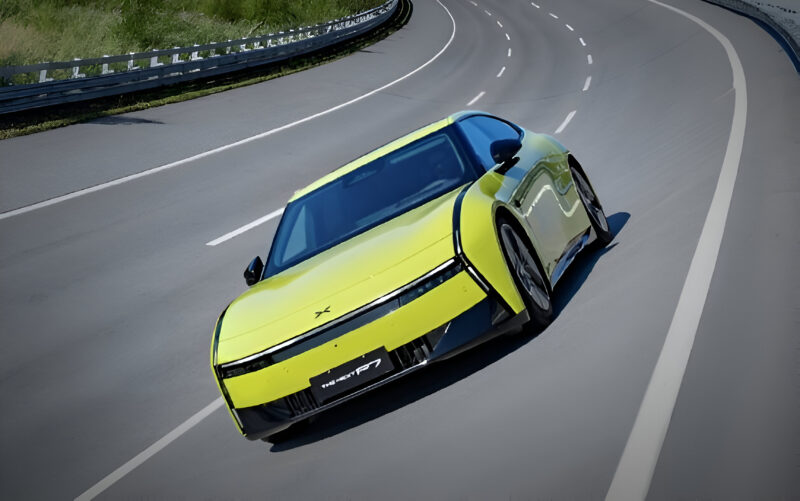Xpeng to run 24-hour endurance test for new P7, completes on August 14
Xpeng Motors founder, chairman, and CEO He Xiaopeng announced today that the new Xpeng P7 will undergo a 24-hour endurance test, scheduled to complete on August 14. The test will feature continuous vehicle operation, with drivers taking turns to keep the car running non-stop, including sustained high-speed driving and repeated ultra-fast charging. He described it as a high-difficulty, high-intensity challenge.
He added that the endurance run will take place during Sanfu Tian, the hottest period of summer in China. He noted that the high-temperature conditions would add further challenges for both the P7 and the test team.
He said on August 10 that he had previously discussed the idea of a 24-hour endurance test for a high-performance pure electric model with Xiaomi founder Lei Jun. According to He, Lei recommended attempting the test if possible, and Xpeng’s electric powertrain team has since brought the vehicle to a high-speed test track to prepare.
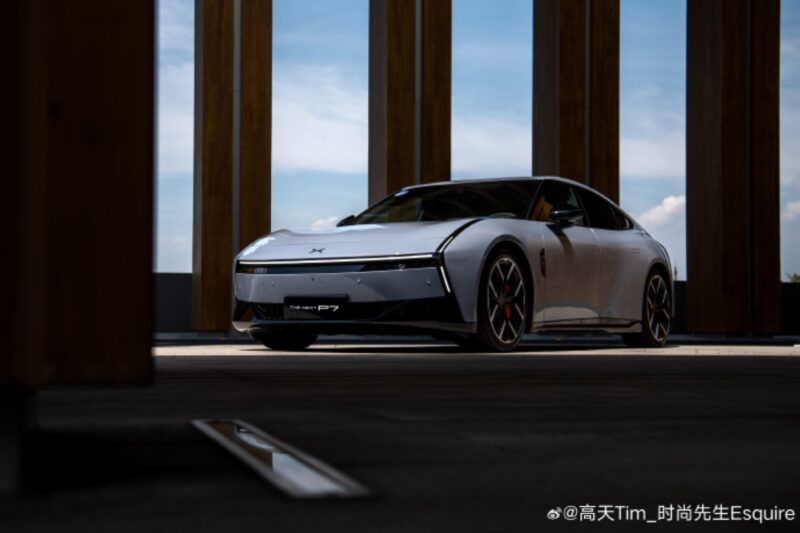
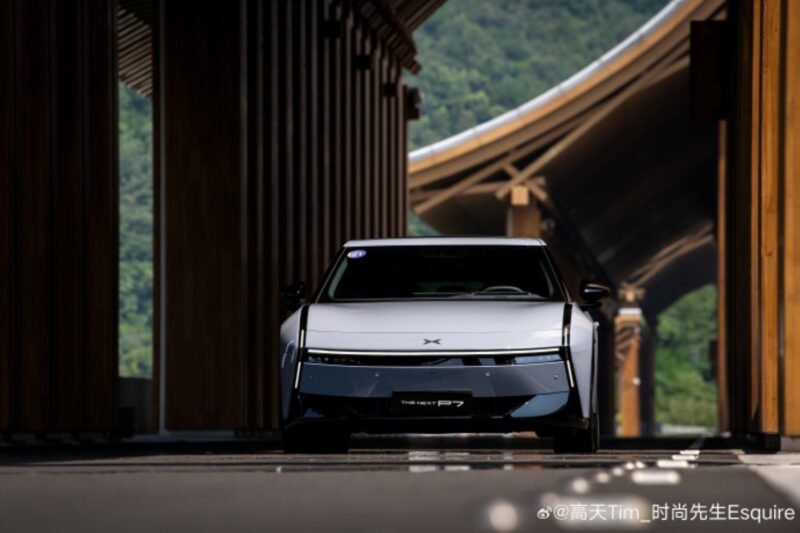
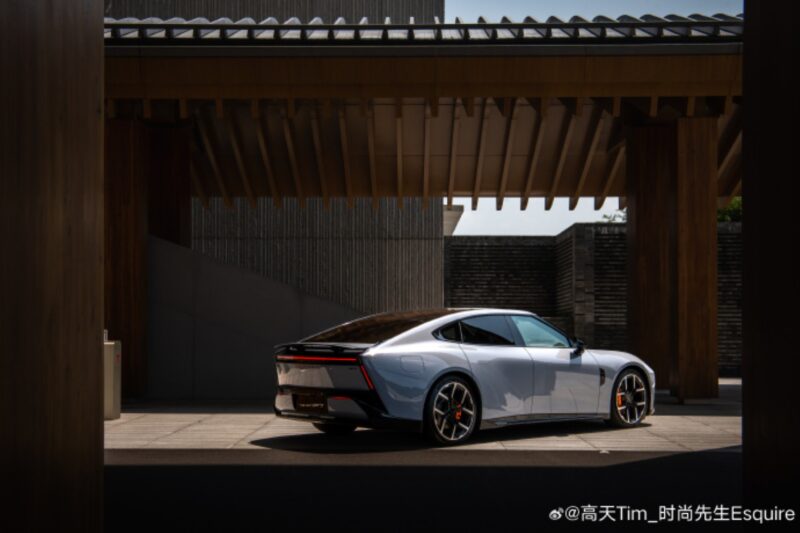
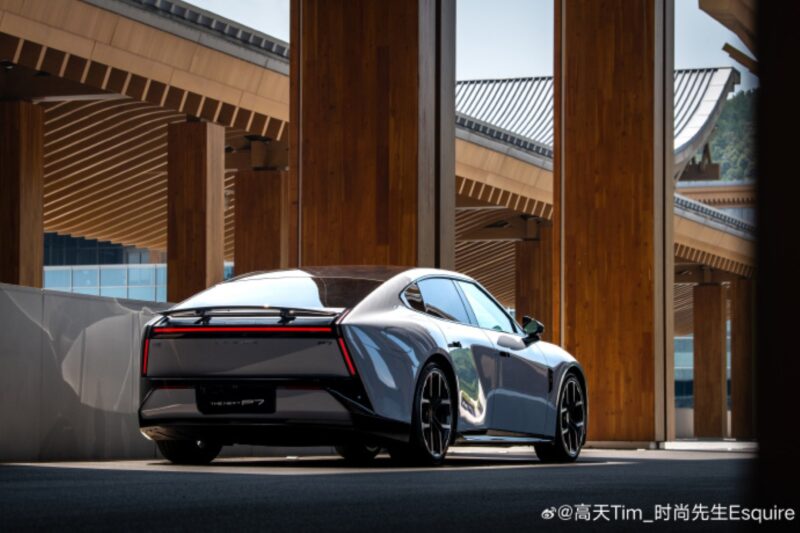
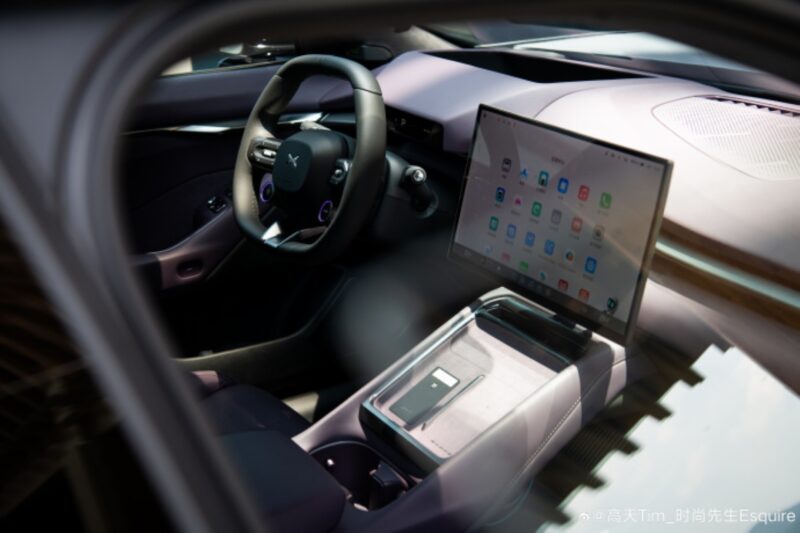
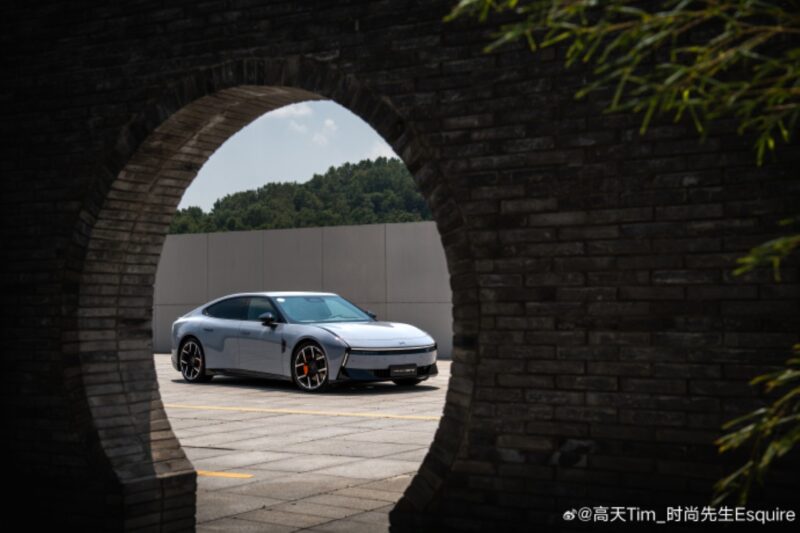
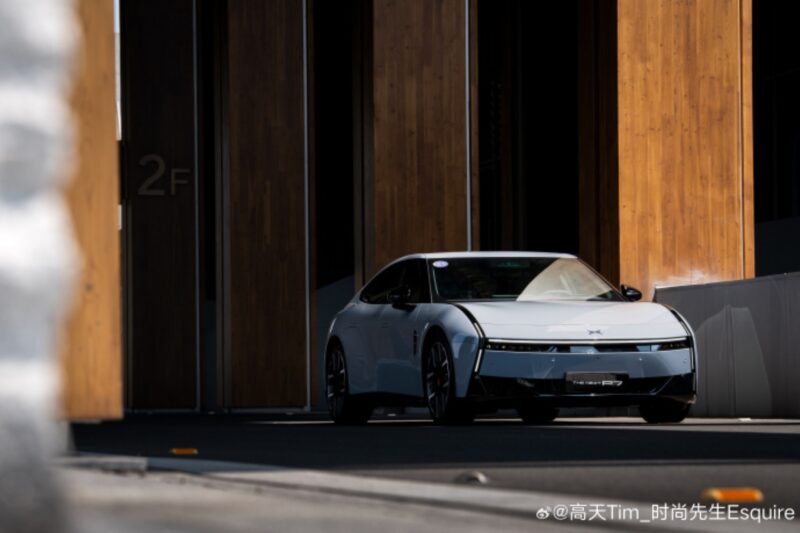
The new Xpeng P7 made its debut in China on August 6 and opened for pre-orders without disclosing pricing. The model will be officially launched later this month. It comes standard with an 800V high-voltage architecture, a 5C ultra-fast charging AI battery, and can replenish up to 525 km of range in 10 minutes. It offers a maximum range of 820 km, energy consumption of 12 kWh per 100 km, 0–100 km/h acceleration in 3 seconds, and a top speed of 230 km/h.
A similar endurance challenge was conducted in June by the Xiaomi YU7 Max test vehicle, which ran for 24 hours at sustained high speeds, including charging periods. It achieved a total distance of 3,944 km, with an average speed exceeding 210 km/h, excluding charging time. The vehicle was accused 30 times, each session lasting 10–12 minutes, and the test was certified by the China Automotive Technology and Research Centre.
Lei Jun noted that the main challenges of such a test include maintaining speeds above 210 km/h for extended periods, ensuring long single-charge range, achieving rapid charging, and managing heat dissipation under repeated high-rate charging and discharging over 24 hours.
Updated: 14/08/2025 China time: 08:40 am; 24-hour endurance test scheduled to be completed on August 14 instead of starting on 14 August.



